TYPHON T30, £9500
The TYPHON T30 is the ultimate high-current, performance oriented power distributor in Shunyata Research’s lineupwith proprietary Amphenol mains inlet connection. The TYPHON T30 is a hot-rodded version of the acclaimed TYPHON T2 and is specifically designed to improve the performance of the world’s most powerful amplifiers. The T30 measurably reduces power line noise while dramatically enhancing amplifier power delivery and dynamic range. It comes bundled at the price with a T30 umbilical that connects to the propritary Amphenol input connector of the T30 one end, then a UK 3 pin plug the other end to connect to the wall which is far more efficient and powerful than a regular C19 mains cable to the wall. The Umblical cost is also lower than a Sigma or Omega C19 yet higher performing.
If the T30 is not being used to “supercharge” another Shunyata conditioning unit, then the available umbilical twist lock socket can be used to power a 3rd unit such as an amplfier. Note that the cost of the twist lock “out” mains cable is a lot lower than a regular Sigma or Omega but the performance of using this specialist socket is even higher than either so it represents a value proposition.
Typhon T30: £7000
Amphenol T30P to wall, with UK 3 pin plug: £2500
(Standard length 1.75m, £120 per extra 0.25m)
For powering an amplifier from the Typhons T30 twist lock socket, 1/75 standard length:
T30C (out), £2500
(extra 0.25m in length = +£120)
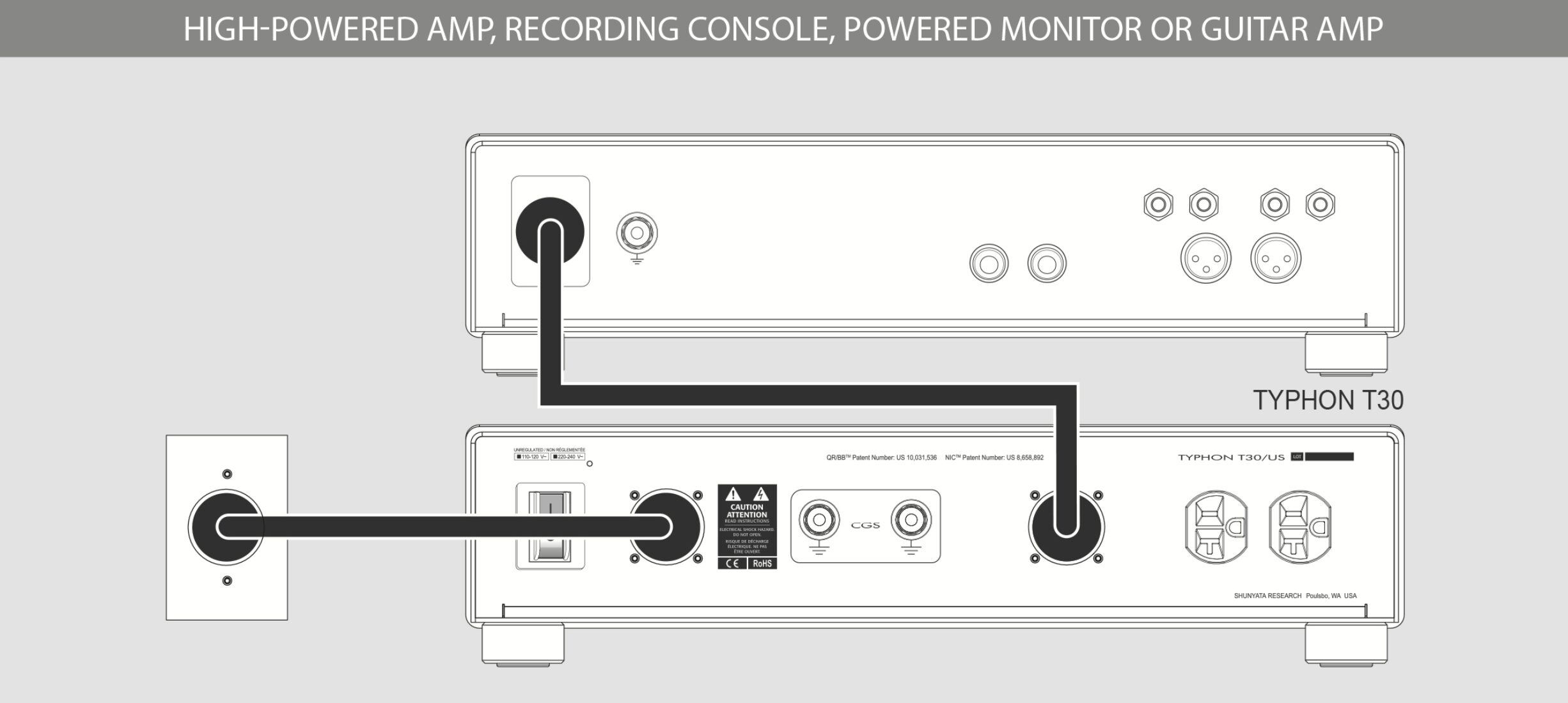
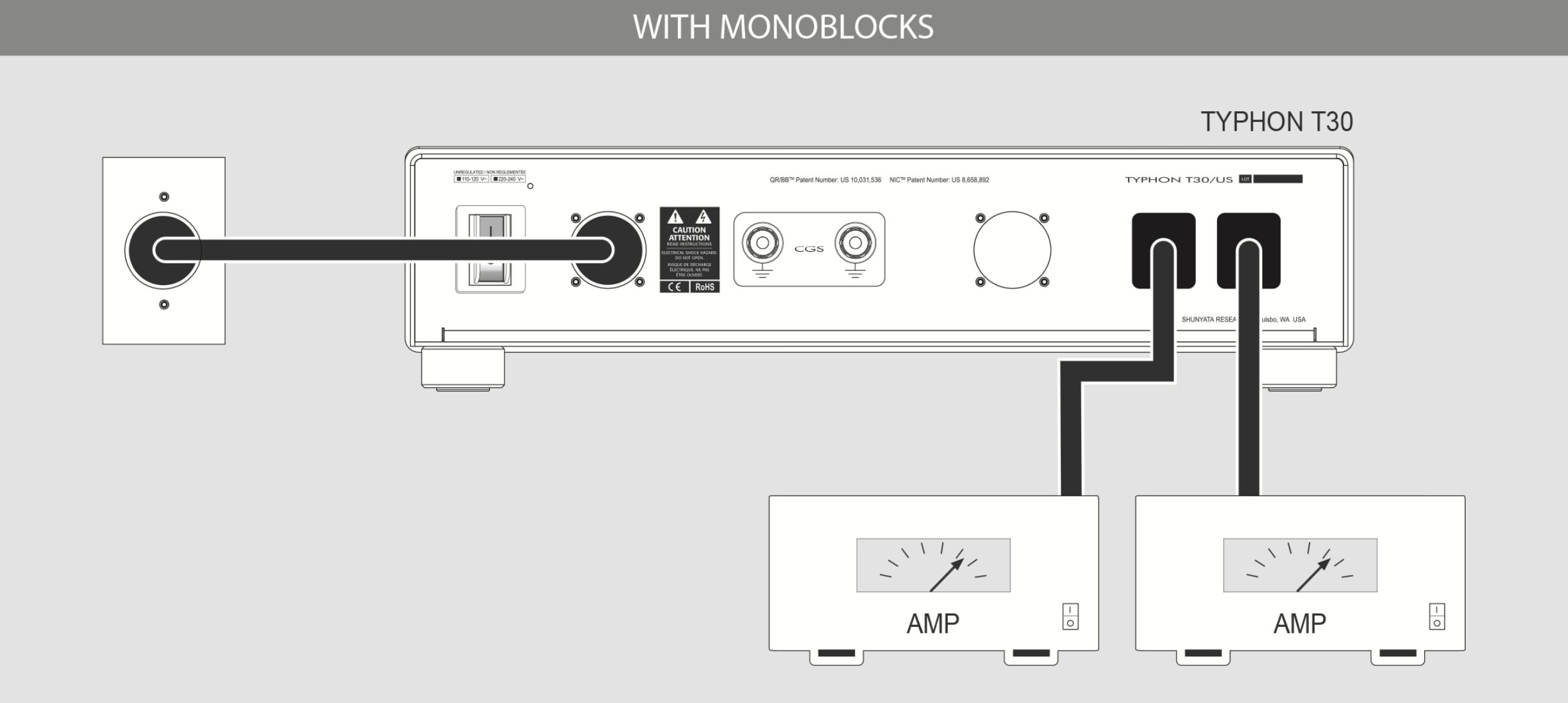

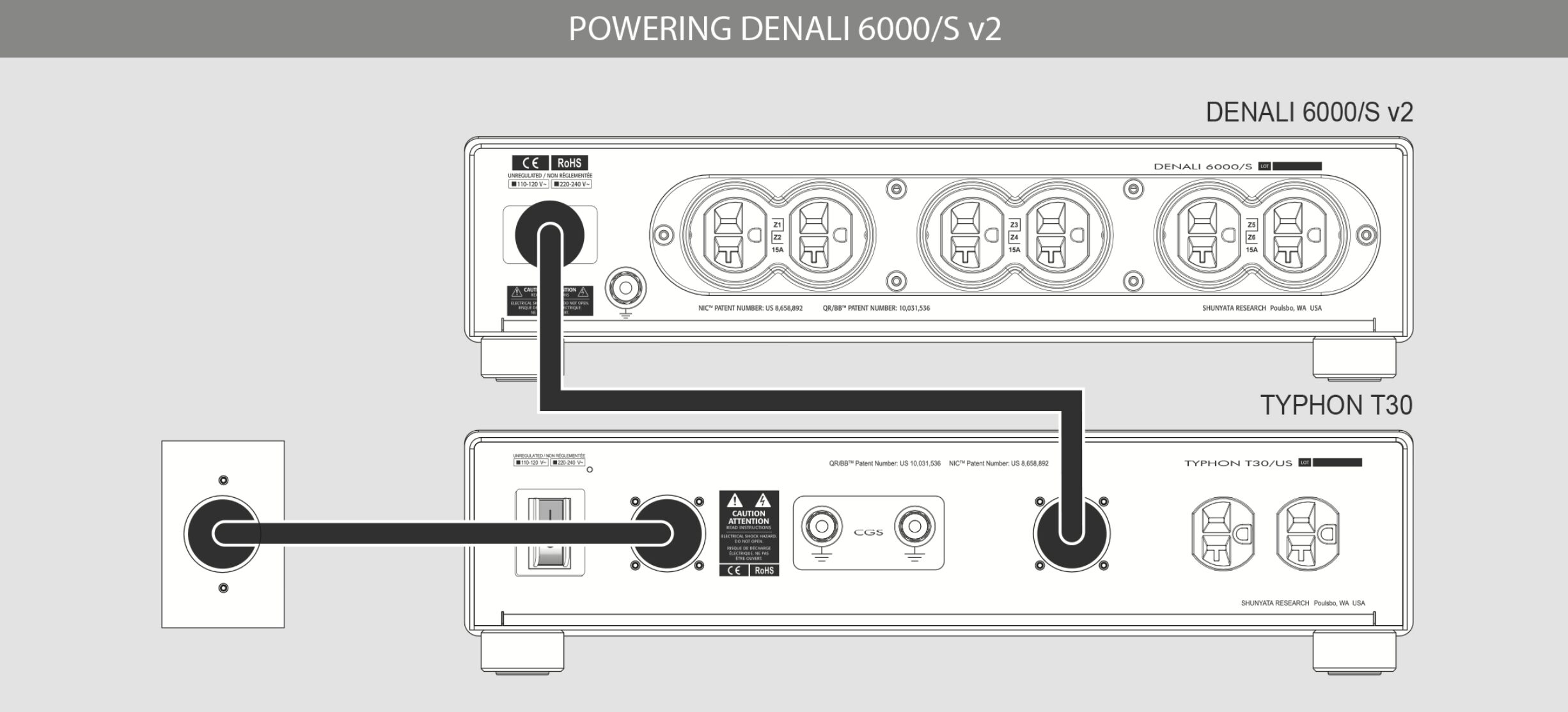






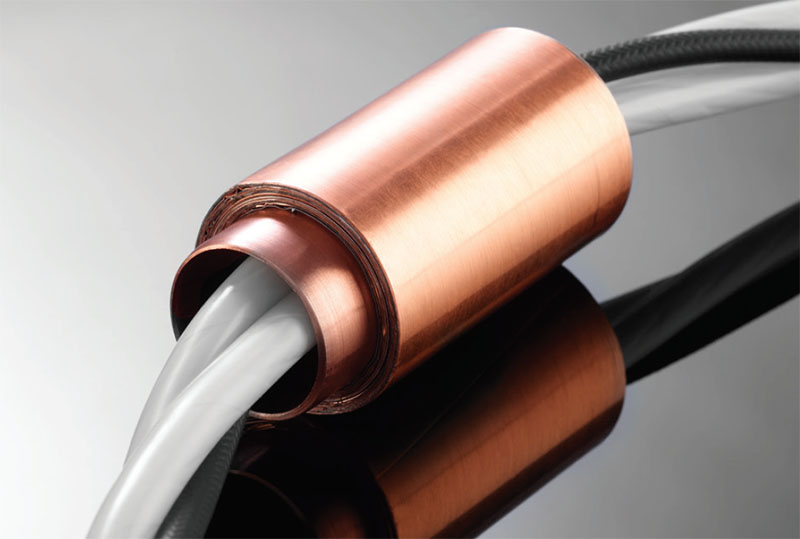
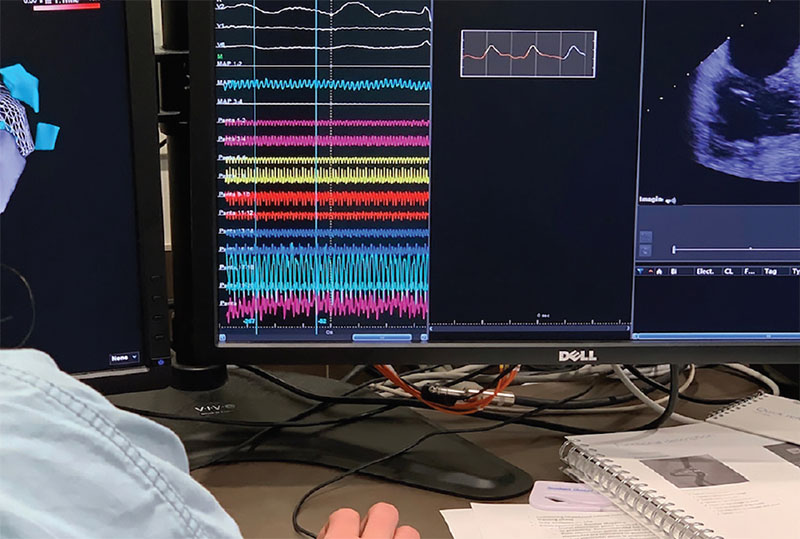
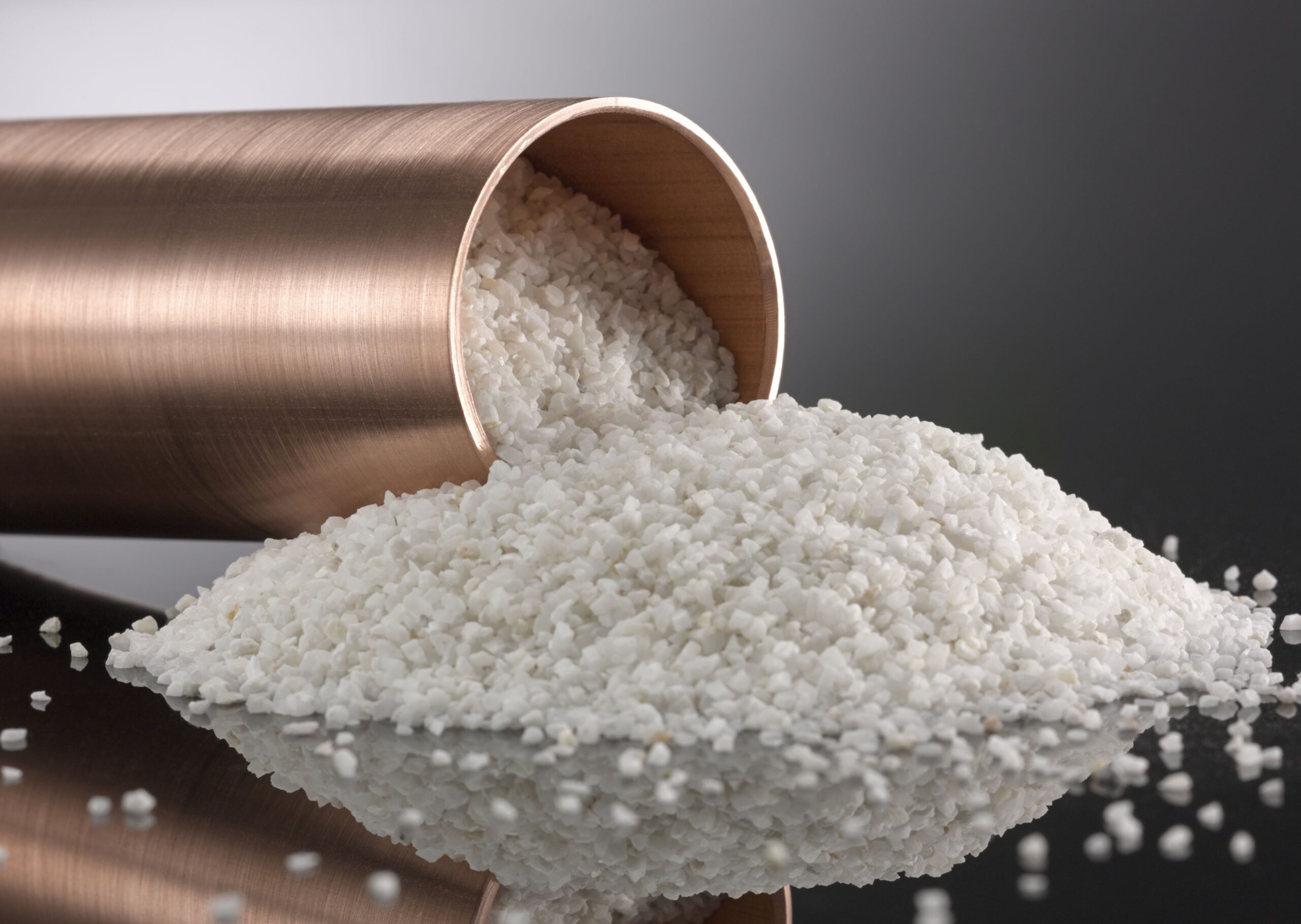

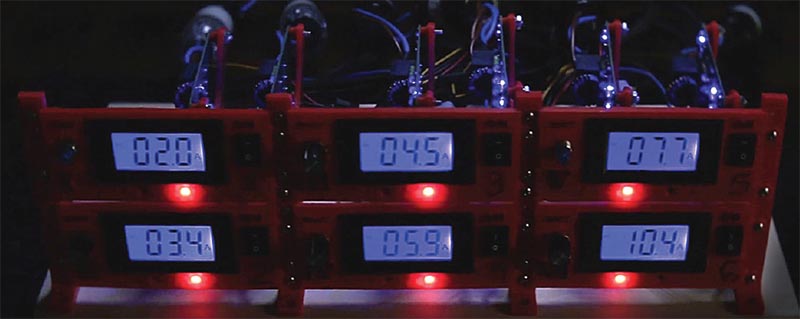



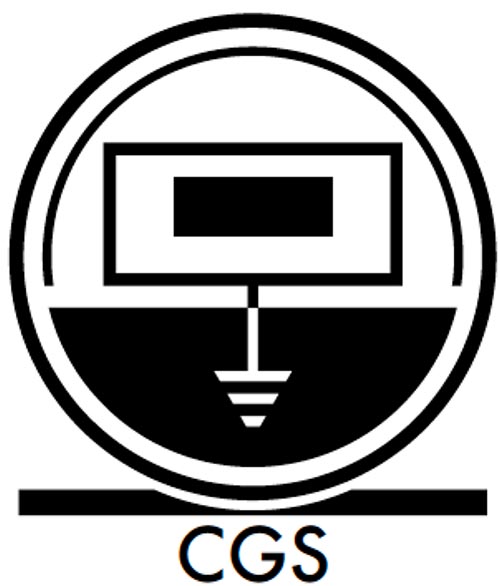
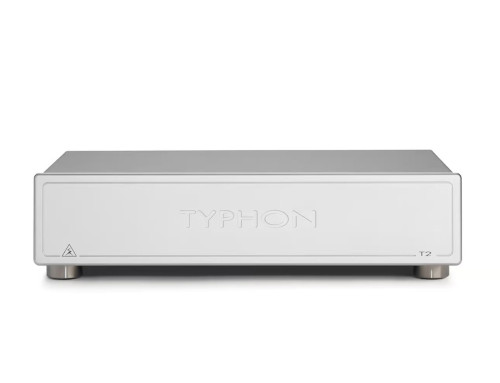


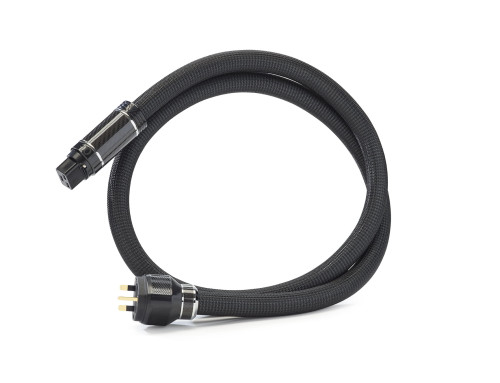

CONNECT WITH US